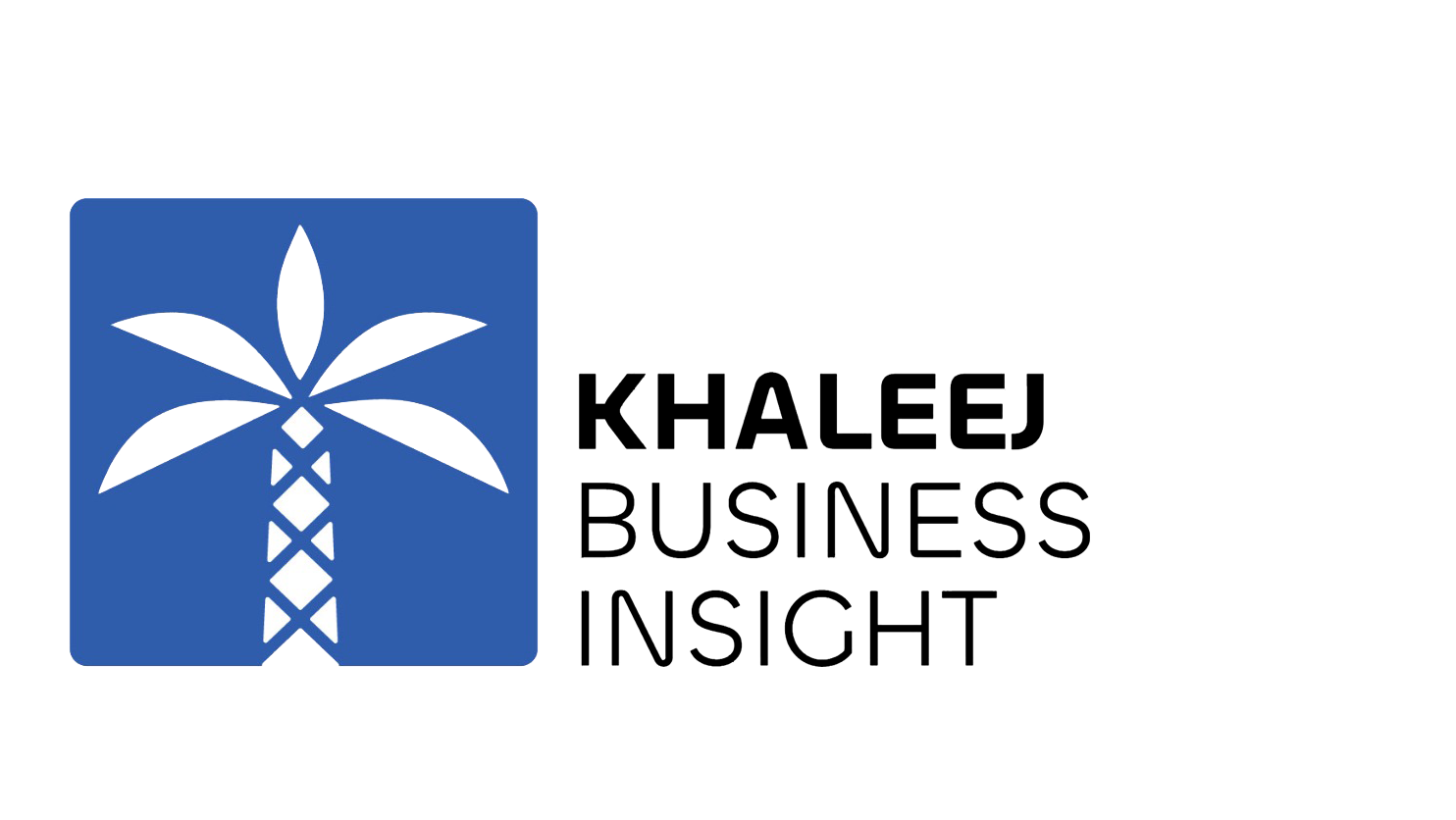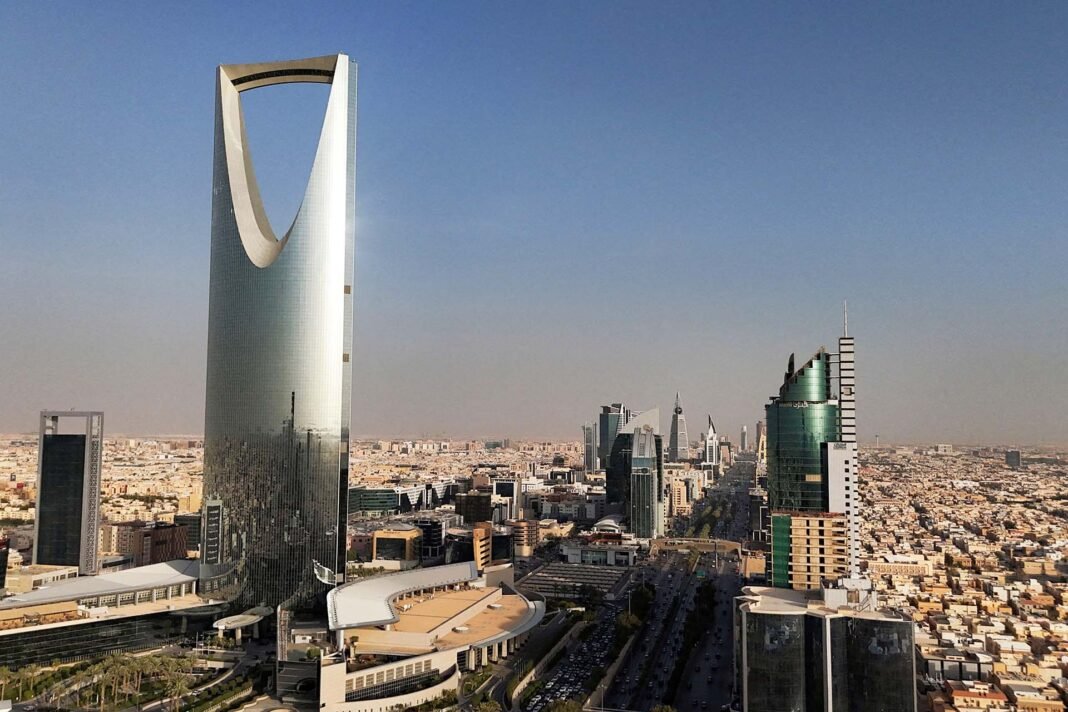Saudi capital restructuring is reshaping Petro Rabigh as the company pursues financial recovery. The refining and petrochemical giant announced a bold plan to stabilize its balance sheet. The move combines a capital increase with a later reduction to optimize resources and restore investor confidence.
The plan involves issuing more than 526 million shares to raise billions in new capital. This strengthens liquidity while reducing heavy debt pressures. Afterward, Petro Rabigh will adjust its share value downward to balance its equity position. Together, these actions mark a significant reset for the company’s capital structure.
Saudi capital restructuring also includes direct backing from key shareholders. Saudi Aramco and Sumitomo Chemical waived billions in loans and injected fresh capital. Their support reduces leverage and ensures Petro Rabigh has the funding needed for operational improvements. This backing highlights strong confidence in the company’s long-term turnaround.
Operational transformation forms another key part of the strategy. The company is ramping up activity at its Jeddah complex after a major overhaul. By boosting efficiency and cutting unnecessary costs, management seeks to reverse years of weak profitability. Petro Rabigh’s leaders believe streamlined operations will restore margins and improve cash flow.
Market performance, however, shows mixed investor sentiment. Stock prices moved slightly lower following the restructuring announcement. Analysts see limited upside in the near term, projecting a potential downside risk. Investors remain cautious due to past losses, lack of dividends, and weak earnings per share.
Despite this caution, recent financial data offers small signs of stability. Quarterly losses narrowed significantly compared to previous results. If this trend continues, Petro Rabigh may demonstrate stronger fundamentals in the months ahead. Yet, much depends on effective execution of cost-cutting and revenue growth programs.
Saudi capital restructuring comes with risks. The petrochemical industry still faces global demand uncertainty and volatile feedstock prices. Any setback in operations or market conditions could undermine the recovery plan. Furthermore, share dilution from the capital increase may weigh on earnings in the short term.
Even so, the commitment of Aramco and Sumitomo provides crucial stability. Their financial and strategic support ensures Petro Rabigh remains positioned for a stronger future. By focusing on debt reduction, operational efficiency, and investor value, the company aims to rebuild credibility.
In conclusion, Saudi capital restructuring at Petro Rabigh represents a decisive shift. While market reactions remain muted, the overhaul creates a framework for long-term recovery. The success of this effort depends on delivering efficiency gains, maintaining shareholder support, and navigating global petrochemical challenges.





